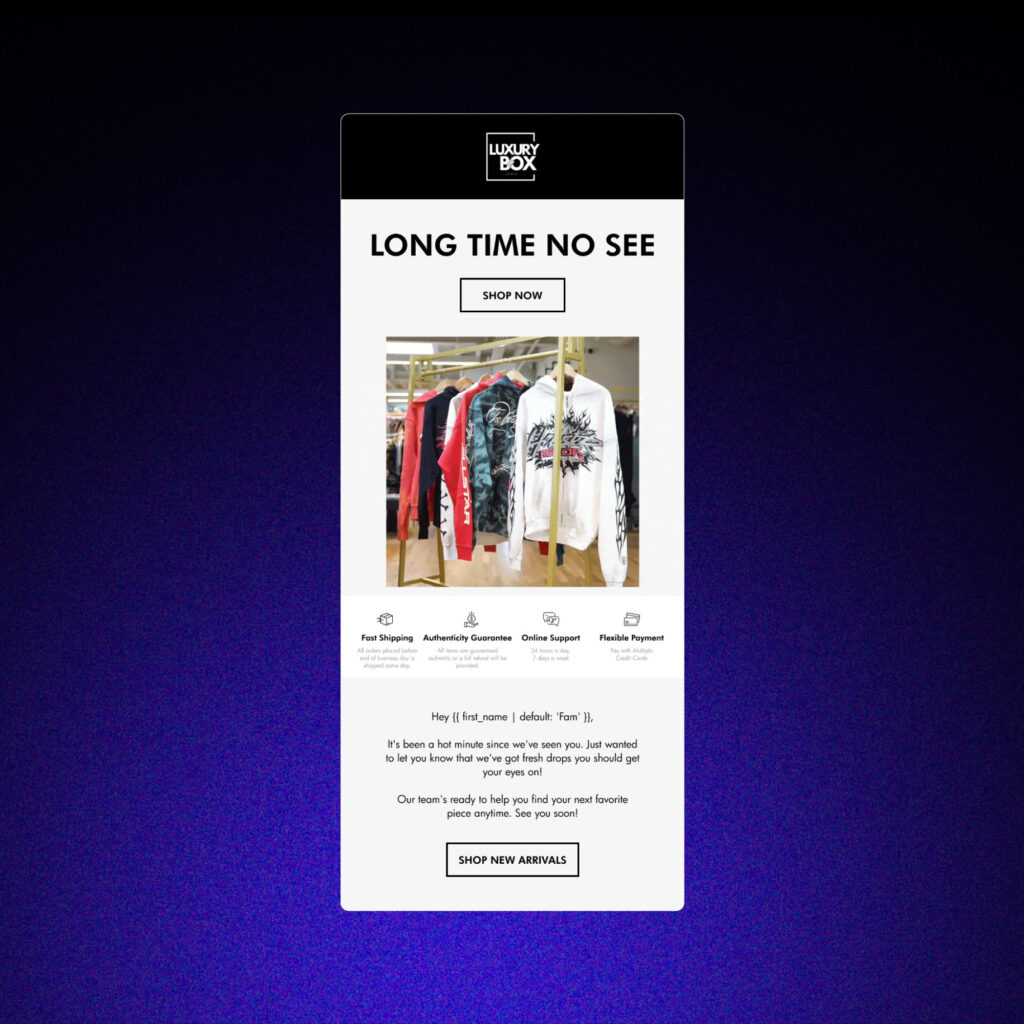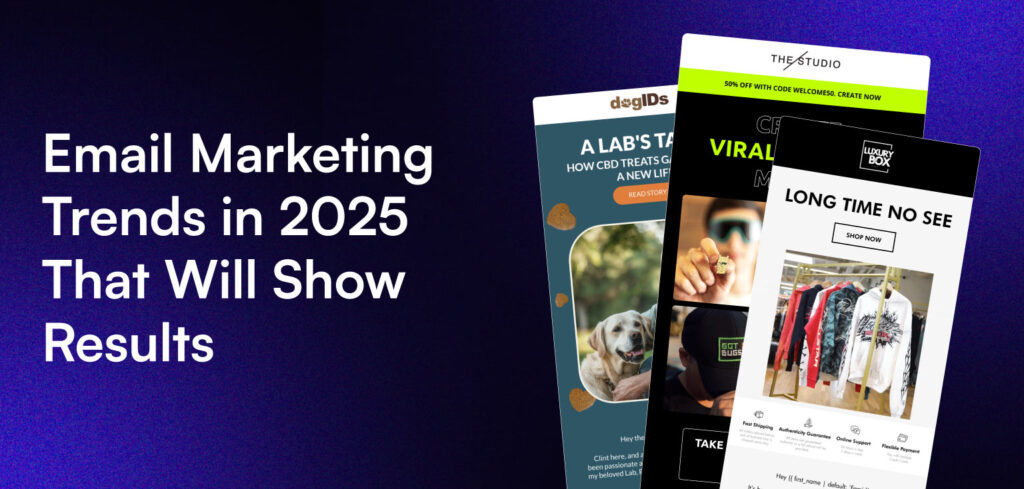5 Email Marketing Trends That Will Shape 2025
These trends in email marketing will most likely make it to your 2025 checklist so pay attention!
1. Hyper-Personalization
Gone are the days when simply including a subscriber’s first name in an email was enough to impress them. Today’s successful emails are the ones that dive deep into data to create truly personalized experiences beyond the first name.
How to Hyper-Personalize Your Emails
- Segment your audience based on past purchases, browsing history, and email engagement. This will allow you to create highly targeted campaigns that speak directly to the interests and needs of specific groups within your subscriber base.
- Personalized product recommendations, location-specific offers, or content tailored to the subscriber’s industry. These can be included in dynamic content blocks that change based on recipient preferences or behavior.
- Create detailed buyer personas and tailor your email content to address their specific pain points and interests. This might involve developing multiple versions of each email campaign, each designed to appeal to a different persona.
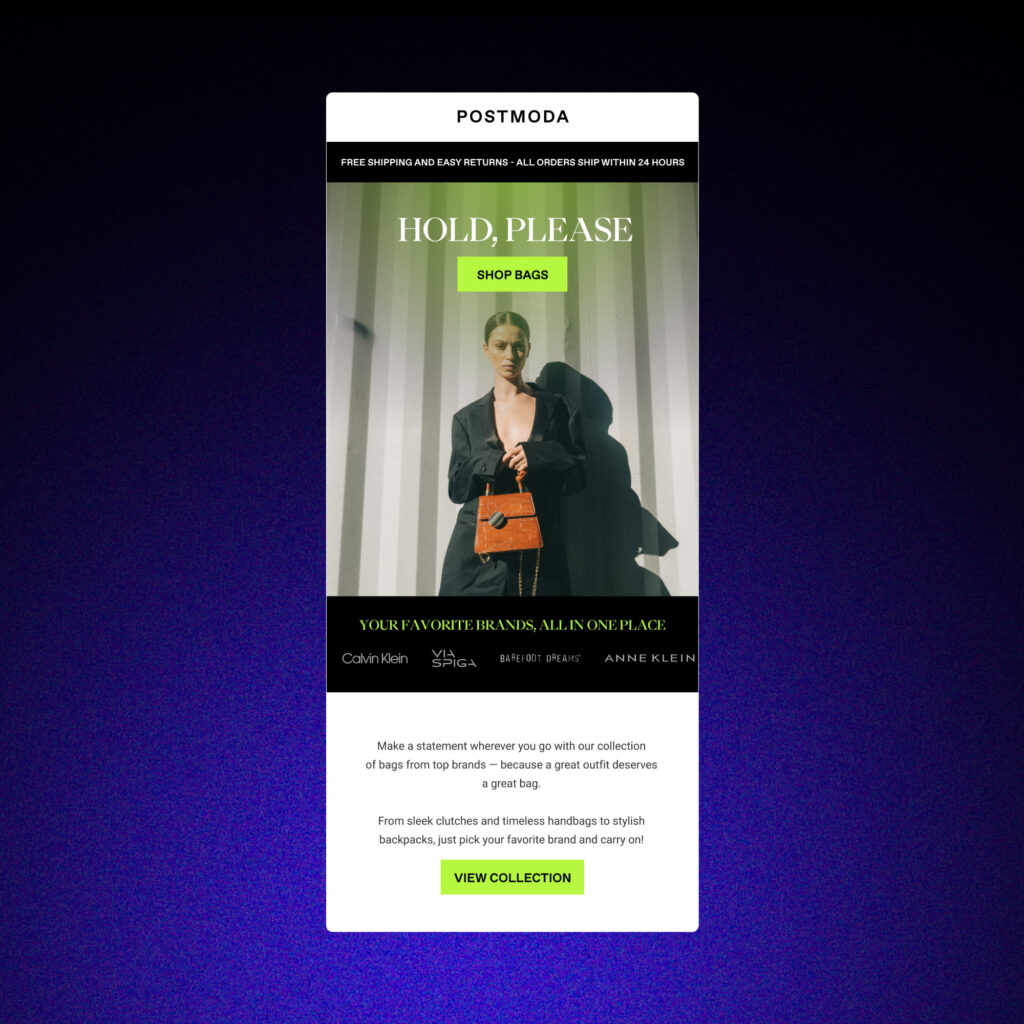
2. Mobile-First Email Design
56% of emails are now opened on mobile devices, according to eMarketer (2024). Thus, a mobile-first approach is crucial for good results. This means designing emails that look great and function perfectly on small screens is the first priority, while desktop viewing becomes secondary consideration.
How to Optimize Your Emails for Mobile:
- Use responsive design templates that automatically adjust to different screen sizes. This ensures your email looks good whether it’s viewed on a smartphone, tablet, or desktop computer.
- Keep your email copy concise and scannable, with short paragraphs and bulleted lists. Mobile readers often skim content, so make it easy for them to grasp your main points quickly.
- Ensure that buttons and links are large enough to be easily tapped on a small screen. A minimum size of 44×44 pixels is recommended for touch targets.
- Optimize images for quick loading on mobile devices. Large, high-resolution images can slow down load times and use up subscribers’ data.
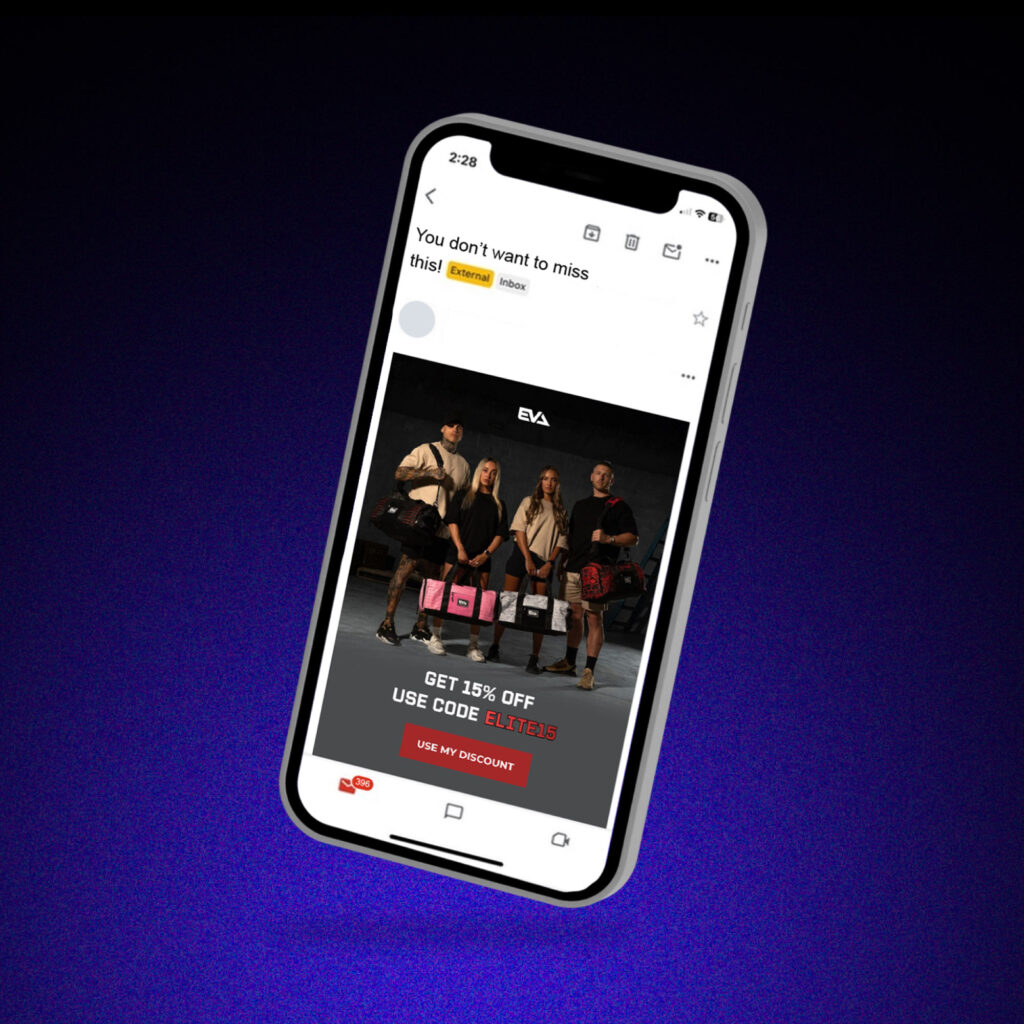
3. Less is More in Email Design
Brands and marketers today are finding success with simpler and more focused email designs that guide the reader’s attention. This approach reduces the cognitive load on the recipient and makes it easier for them to take the desired action.
How To Optimize Your Email Design:
- Use plenty of white space to make your emails easy to read and navigate. This helps important elements stand out and gives the eye a place to rest.
- Focus on one primary call-to-action (CTA) per email to avoid overwhelming the reader. If you must include multiple CTAs, make sure there’s a clear hierarchy.
- Choose clean, modern fonts and a consistent color scheme that aligns with your brand. Limit yourself to 2-3 fonts and colors to maintain a cohesive look.
- Use clear and concise headings to break up content and make it scannable.
- Incorporate visual elements strategically to support your message, not distract from it.
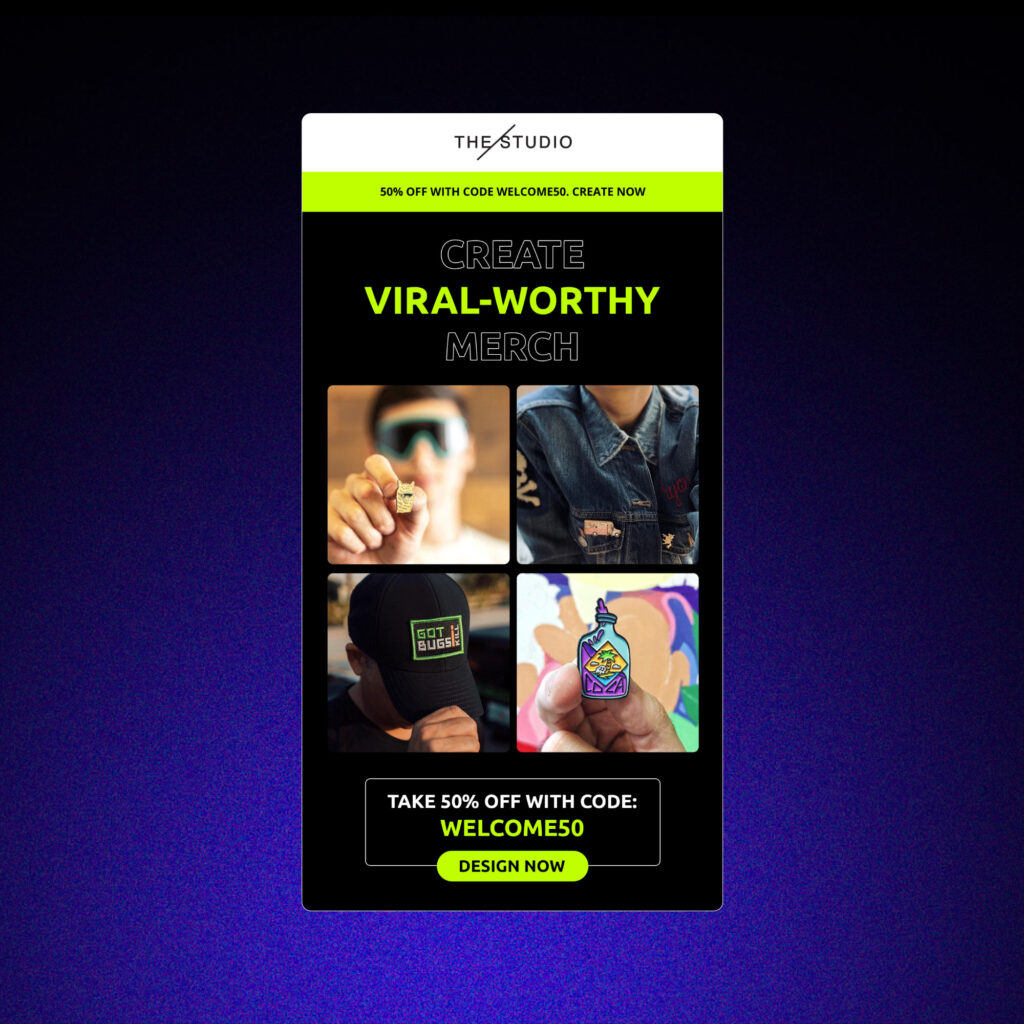
4. Brand-Consumer Connection
Emotional connections are driving engagement, with brands using email to share compelling stories and build relationships. This approach helps humanize your brand and create a deeper connection with your audience.
How to Tell A Story Through Email:
- Engage subscribers over time by crafting email series that tell an ongoing story. Consider showing some behind-the-scenes, highlighting customer journeys, or developing educational content in a campaign series.
- Building trust and relatability is crucial. You can achieve this by featuring authentic customer testimonials and success stories, complete with genuine photos and direct quotes.
- Your brand’s values and mission should shine through your email content. Why not share tales of community involvement, sustainability initiatives, or employee-driven projects?
- Incorporate user-generated content to make your subscribers part of your brand story.
- Use storytelling techniques like conflict, resolution, and character development to make your emails more engaging.
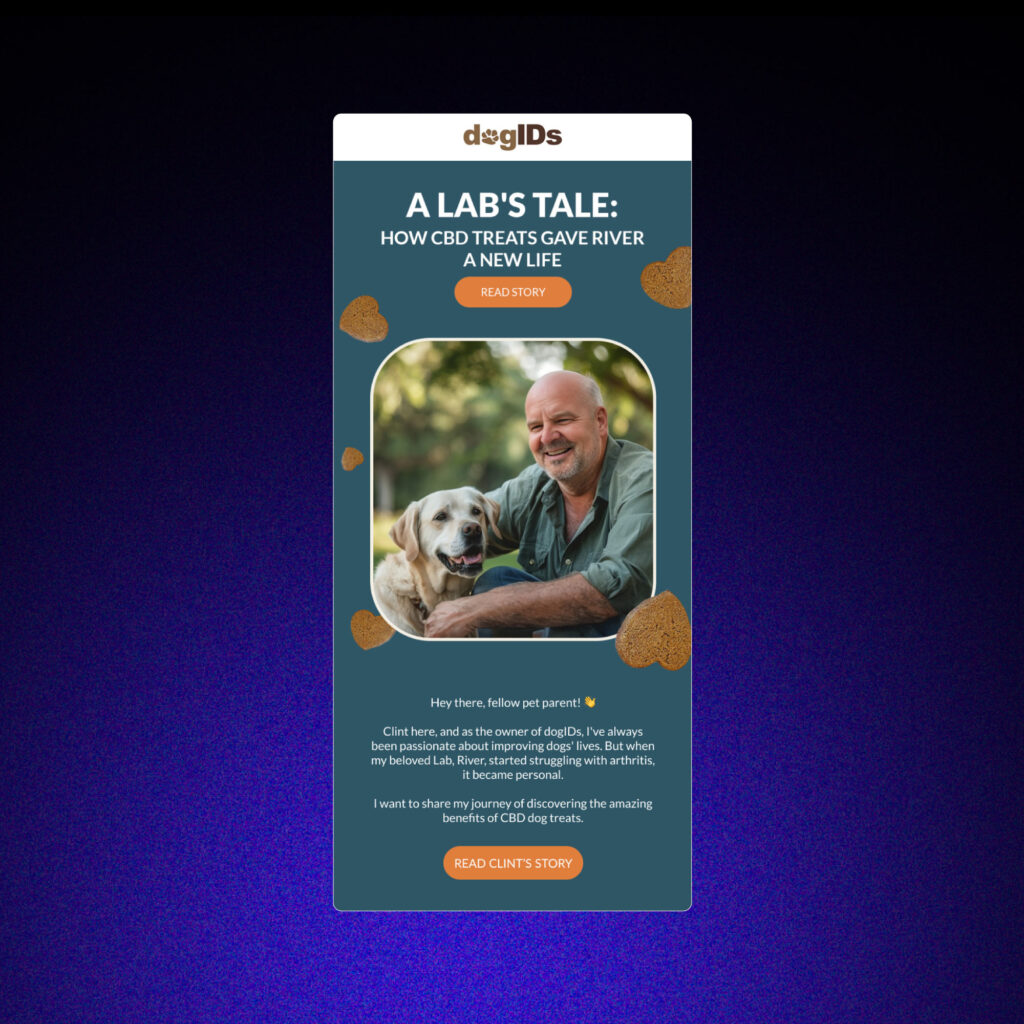
5. Customer Retention over Acquisition
How to Keep Customer Loyalty Through Emails:
- Develop a tiered loyalty program and use email to keep members engaged and informed about their status and rewards. Send personalized emails highlighting how close they are to their next reward or exclusive perks.
- For inactive subscribers, craft personalized win-back campaigns. Remind them of what they’re missing with special “we miss you” discounts or by showcasing new features and products that might pique their interest.
- Use behavior-triggered emails to celebrate customer milestones and encourage continued engagement. This could include anniversary emails, purchase milestones, or achievement congratulations.
- To ensure customer satisfaction and encourage repeat business, implement a post-purchase email series. This could encompass product care instructions, suggestions for complementary items, or invitations to leave reviews.
- Create exclusive content or offers for your most loyal customers, and use email to deliver these VIP experiences.
